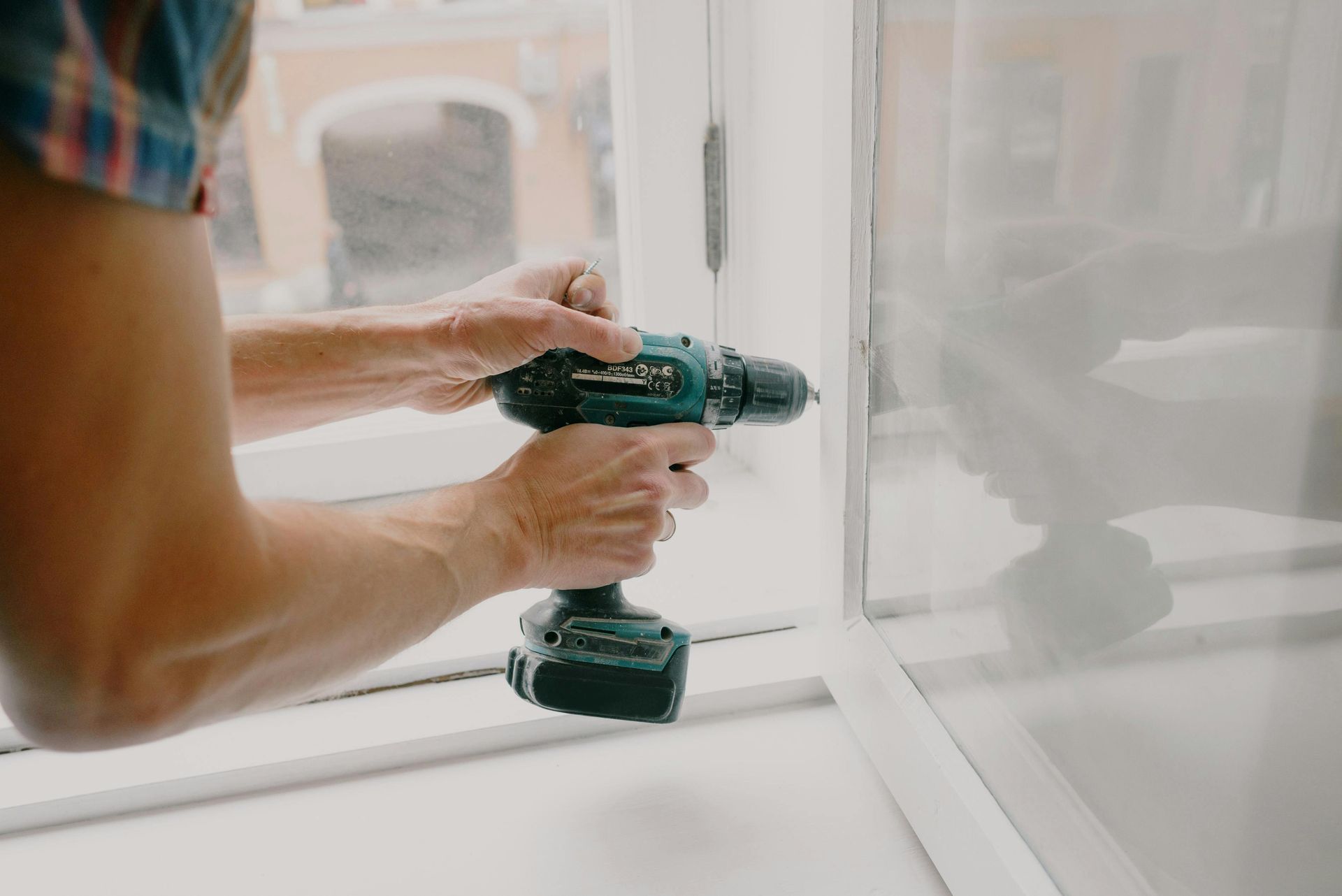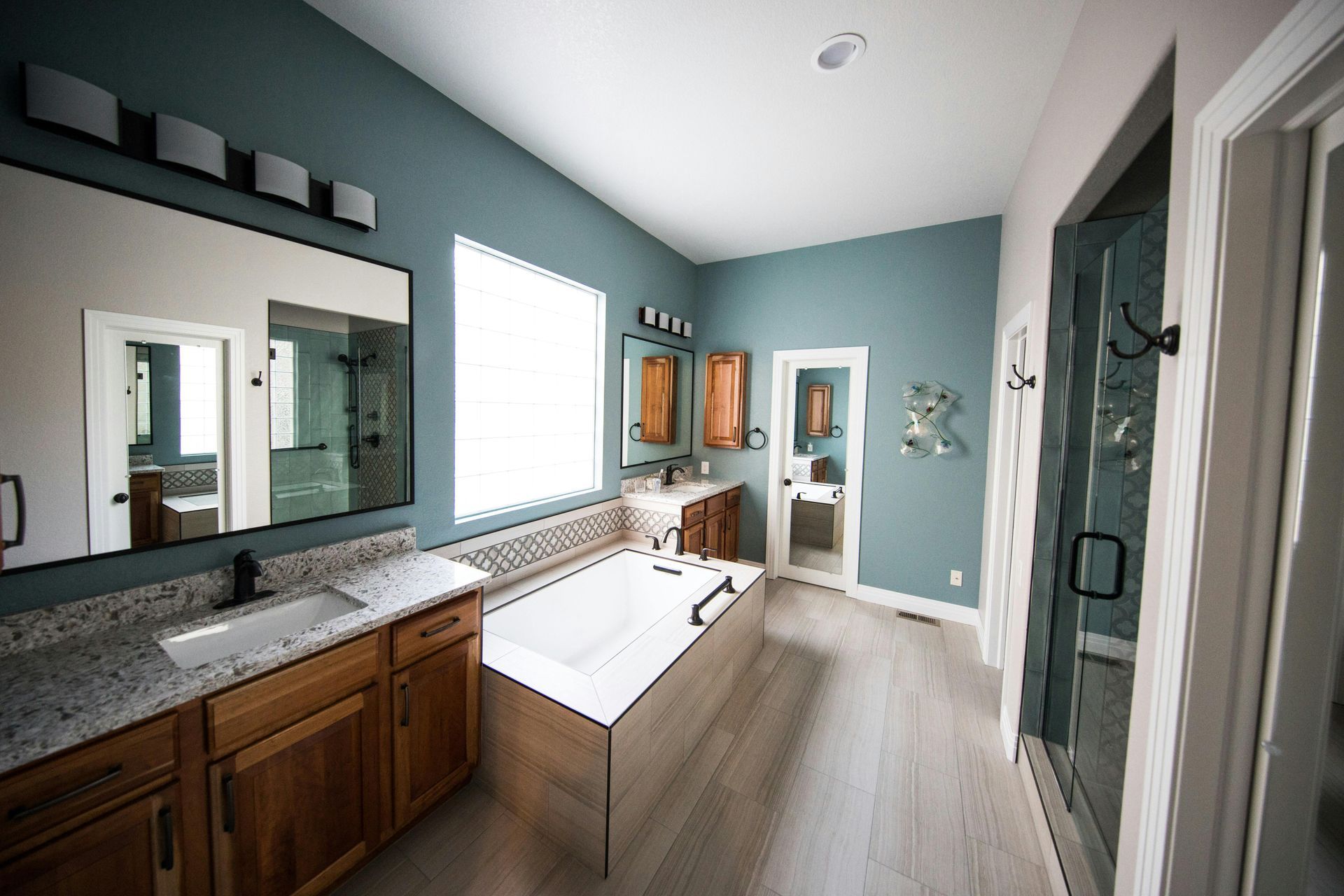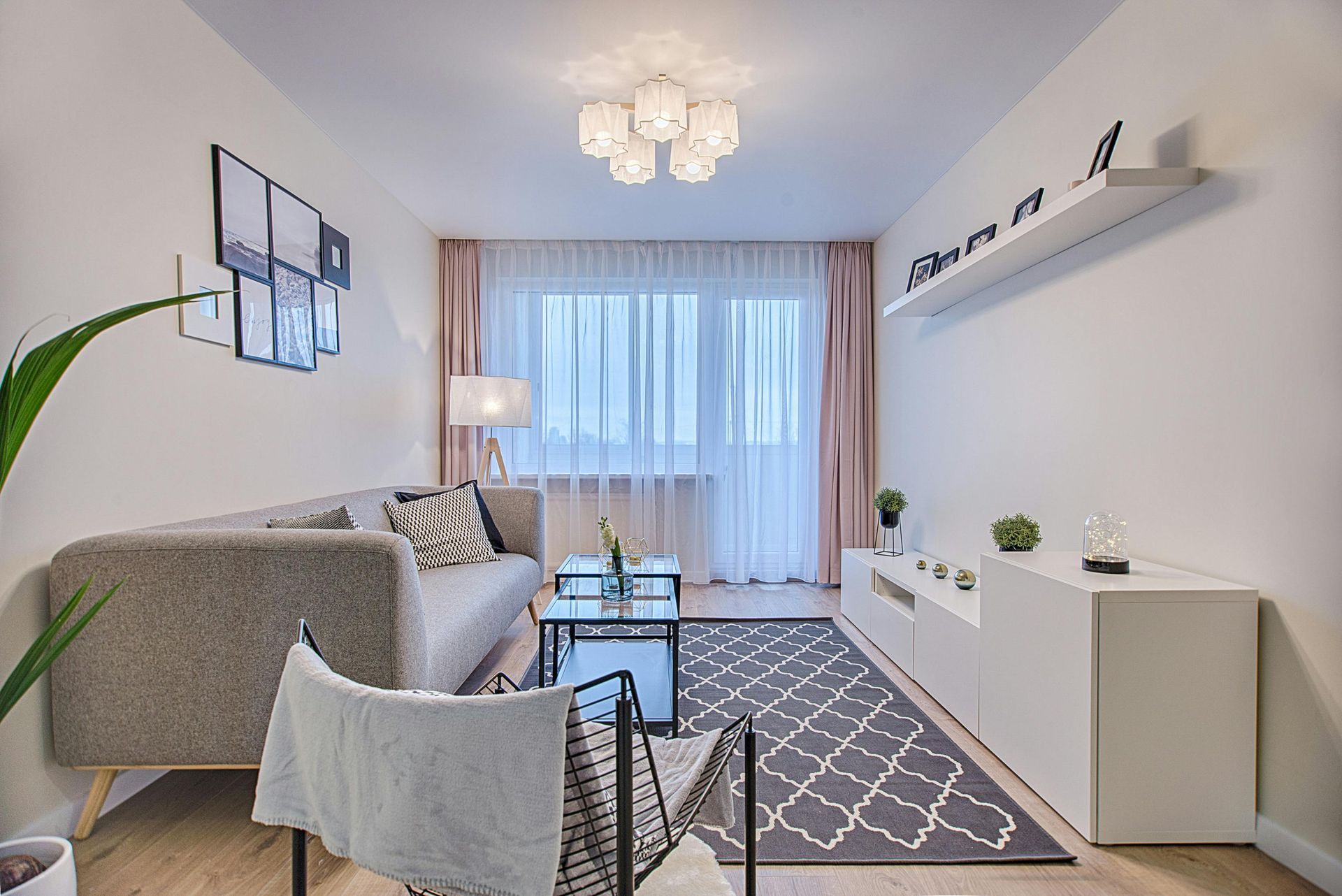Licensed (#RBC-21-01654) & Insured
Local References Available Upon Request
Licensed (#RBC-21-01654) & Insured | Local References Available Upon Request
Creating Retail Storefronts That Attract and Engage Customers
A well-designed retail storefront is more than just an entrance; it is a brand’s first opportunity to capture attention, create intrigue, and invite customers inside. Whether located on a bustling city street or inside a shopping mall, the storefront acts as a silent salesperson, communicating the store’s identity, values, and products at a glance. A compelling storefront design can significantly impact foot traffic, sales, and brand recognition, making it a crucial investment for any retail business.
Understanding the Role of a Retail Storefront
The storefront serves as a direct reflection of a brand’s image and personality. It is the first thing customers see, and within seconds, it can influence their decision to enter or walk past. The best storefronts create an emotional connection, enticing potential customers with visually striking displays, clear branding, and an inviting layout. A well-thought-out design not only attracts passersby but also improves customer experience by making navigation intuitive and enjoyable.
A balance between aesthetics and functionality is essential. While an eye-catching display is critical, the design must also support an efficient flow of foot traffic, ensure accessibility, and maintain a layout that highlights key products. The goal is to create an experience that encourages shoppers to engage with the space, fostering longer visits and repeat business.
Key Design Elements for an Effective Retail Storefront
Window displays are one of the most powerful tools in a retailer’s arsenal. These displays act as a preview of what’s inside, showcasing new arrivals, seasonal trends, or best-selling items. Engaging and dynamic displays draw attention from afar and spark curiosity, encouraging potential customers to step inside. Changing window displays regularly keeps the storefront fresh and relevant, reflecting the latest products and promotions.
An inviting entrance is critical to ensuring that customers feel welcome. A well-lit, clearly defined doorway with open sightlines into the store creates a seamless transition between the exterior and interior. Automatic sliding doors, wide entryways, and strategically placed signage enhance accessibility, making the store inviting for all shoppers, including those with mobility challenges.
Signage and branding elements help reinforce a store’s identity. A well-designed logo, clear typography, and consistent color schemes create a cohesive look that makes the store instantly recognizable. Illuminated signage ensures visibility at all hours, while unique architectural elements or artistic murals can add character and make the storefront memorable.
Lighting techniques play a crucial role in setting the ambiance and enhancing product visibility. Bright, warm lighting makes a store feel welcoming, while spotlighting can be used to highlight featured products or promotional items. Well-placed exterior lighting ensures that the storefront remains attractive even at night, increasing its effectiveness in drawing customers.
The choice of storefront materials and finishes contributes to durability and aesthetic appeal. Glass facades create transparency, allowing passersby to get a glimpse of the store’s interior. Wood and metal elements can add warmth and sophistication, while sleek, minimalist designs exude modernity. Selecting materials that align with the brand’s personality strengthens the overall visual identity of the store.
Enhancing Customer Flow and Experience
A well-planned store layout guides customers naturally through the space, ensuring that high-impact products receive attention. The entrance should lead customers into an open and inviting space where featured products or promotional displays immediately capture interest. Strategic product placement encourages exploration, with popular and high-margin items placed in prominent positions to maximize sales.
Interactive and experiential design elements enhance engagement and encourage customers to linger. Digital kiosks, touchscreens, or augmented reality experiences can provide additional product information, allowing shoppers to interact with the brand in innovative ways. Creating immersive experiences fosters a deeper connection with the store and can differentiate it from competitors.
Comfort and accessibility contribute to a positive shopping experience. A well-designed layout ensures that aisles are spacious, seating areas are available for customer convenience, and checkout counters are positioned for easy access. Thoughtful design elements, such as designated areas for stroller parking or fitting rooms with proper lighting and mirrors, can make a significant difference in how customers perceive the shopping environment.
Branding and Aesthetic Considerations
A strong visual identity within a storefront reinforces brand recognition. Every design choice, from the store’s exterior color palette to interior signage, should reflect the brand’s values and personality. Luxury brands may opt for sleek, minimalistic storefronts with premium materials, while playful and vibrant designs work well for brands catering to younger audiences.
Color psychology plays a key role in influencing customer emotions and behavior. Warm colors like red and orange can create a sense of urgency, ideal for promoting sales or limited-time offers. Cooler tones like blue and green convey calmness and trust, making them suitable for high-end or wellness-focused retailers. Aligning the color scheme with the desired customer experience enhances brand perception and influences purchasing decisions.
Incorporating digital displays offers a modern and adaptable way to showcase branding and promotions. Rotating digital advertisements, promotional videos, or live social media feeds create a dynamic storefront that remains engaging even when customers are simply passing by.
Personalization within a storefront can also enhance customer connection. Customizable shopping experiences, such as monogramming stations, product customization areas, or interactive brand storytelling walls, allow customers to feel more engaged with the brand and its offerings.
Retail Storefronts for Different Business Types
Boutiques and specialty shops benefit from intimate, curated storefronts that emphasize exclusivity. Unique window displays, elegant signage, and inviting doorways create an upscale feel that encourages customers to explore.
Department stores and retail chains need to maintain brand consistency across multiple locations while ensuring that each storefront feels inviting. Large-scale signage, recognizable color schemes, and well-planned entrance layouts help maintain uniformity and enhance the customer experience.
Pop-up shops and temporary retail spaces rely on high-impact designs that make an immediate impression. Modular displays, bold graphics, and interactive elements help maximize engagement within a limited timeframe, creating a sense of urgency that drives sales.
Luxury and high-end retailers often focus on premium materials, minimalist aesthetics, and immersive design elements. High-quality finishes, personalized service areas, and elegant architectural features elevate the shopping experience, aligning with the expectations of a discerning clientele.
Sustainability and Energy Efficiency in Retail Storefronts
Eco-friendly design practices contribute to sustainability while enhancing brand reputation. Using sustainable materials such as reclaimed wood, recycled glass, and low-impact paints reduces the environmental footprint of a retail space. Implementing energy-efficient lighting and automated climate control systems further supports sustainability goals while lowering operational costs.
Green spaces within storefronts create a fresh and inviting atmosphere. Living walls, potted plants, or rooftop gardens enhance aesthetic appeal while improving indoor air quality. Retailers that integrate sustainability into their storefront design appeal to environmentally conscious consumers and reinforce their commitment to responsible business practices.
Maintaining and Evolving a Retail Storefront
Regular updates and seasonal refreshes keep storefronts engaging and relevant. Rotating window displays, introducing themed decorations, and updating signage for new promotions ensure that the store remains visually appealing throughout the year. Businesses that frequently update their storefronts maintain customer interest and encourage repeat visits.
Adapting to consumer trends is essential for staying competitive. Monitoring shifts in shopping behavior, customer preferences, and technological advancements allows retailers to modify their layouts and incorporate new features that enhance the shopping experience.
Integrating new technologies ensures that a storefront remains innovative. Augmented reality shopping experiences, smart mirrors, and seamless omnichannel integration provide added convenience and engagement for modern shoppers.
The Power of a Well-Designed Retail Storefront
An exceptional retail storefront serves as both a visual and experiential asset, drawing in customers, reinforcing brand identity, and enhancing the overall shopping experience. Investing in thoughtful design elements, from signage and lighting to interactive displays and sustainable materials, creates a space that captivates and engages shoppers. By continuously evolving and embracing new technologies, retailers can ensure that their storefronts remain fresh, relevant, and highly effective in driving foot traffic and sales.










